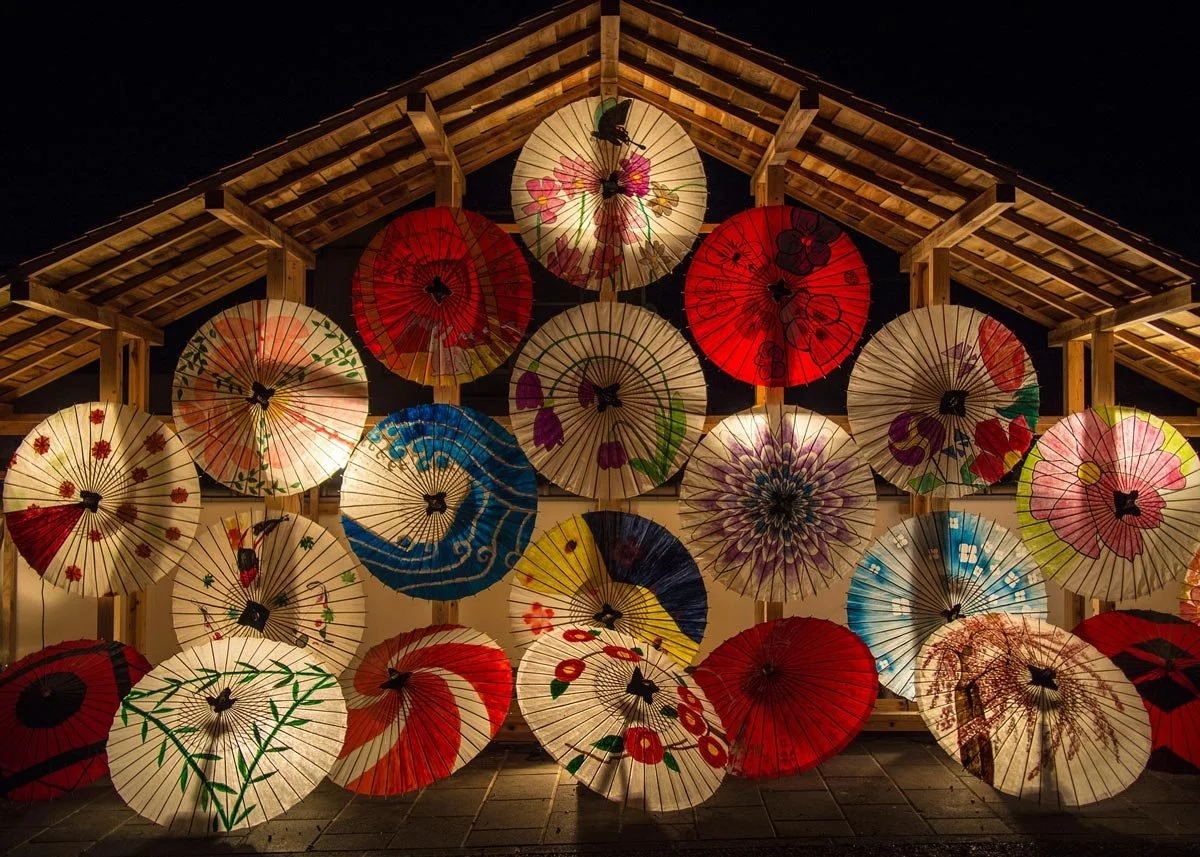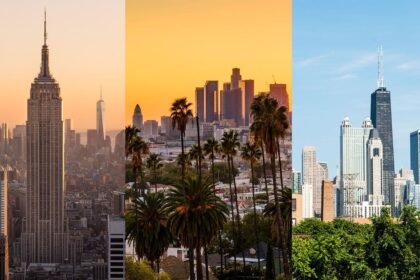The Deeper Significance of the Japanese Use of Umbrellas
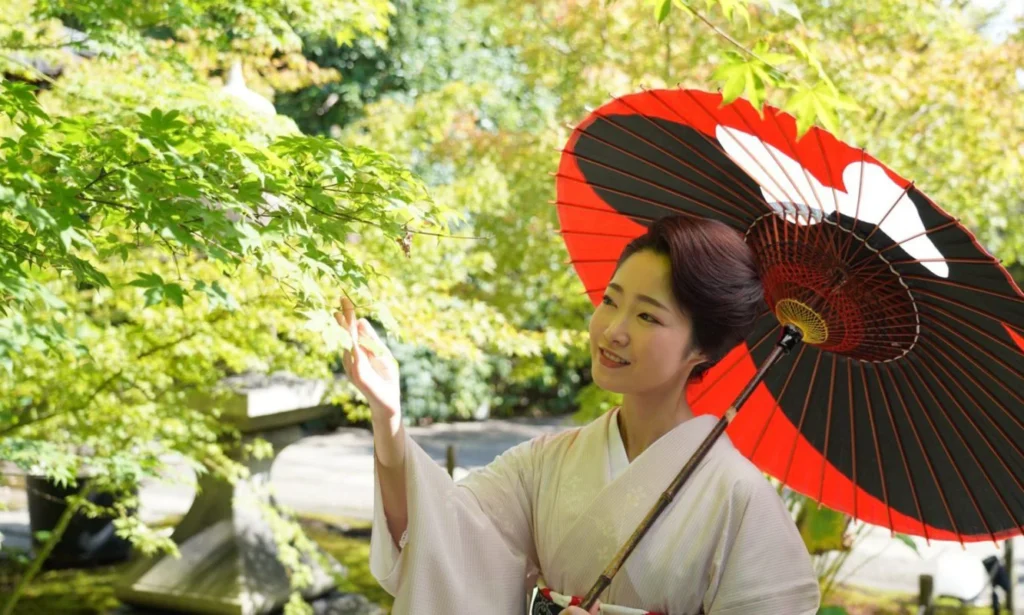
In many parts of the world, umbrellas are practical tools meant to block rain or shield against intense sunlight. But in Japan, their use—especially on sunny days—carries profound spiritual and cultural weight. So, why do the Japanese use umbrellas when it’s sunny? The answer stretches far beyond simple sun protection.
Umbrellas in Japanese Culture as Spiritual Gateways
In Japanese culture, umbrellas are more than just weather gear—they are regarded as yorishiro, or objects capable of attracting spiritual entities. This belief stems from Shinto animism, where it is thought that spirits can inhabit not only natural elements but also everyday objects, especially those used with care over time.
Traditional Japanese umbrellas—especially the circular wagasa made of bamboo and paper—mirror the shape of the human soul. Their round canopy is believed to represent completeness, while the central handle resembles a hashira or pillar, symbolizing a bridge between the human and spiritual realms.
How the Spiritual Role of Umbrellas in Japan Evolved Over Time
Umbrellas first appeared in Japan between the 9th and 11th centuries, but they were not used for practical purposes like shielding from rain or sun. Instead, they were symbols of nobility and divine protection, often seen above high-ranking political or religious leaders. Attendants would carry long-handled umbrellas, known as sashikake-gasa, over the heads of elites during processions and ceremonies.
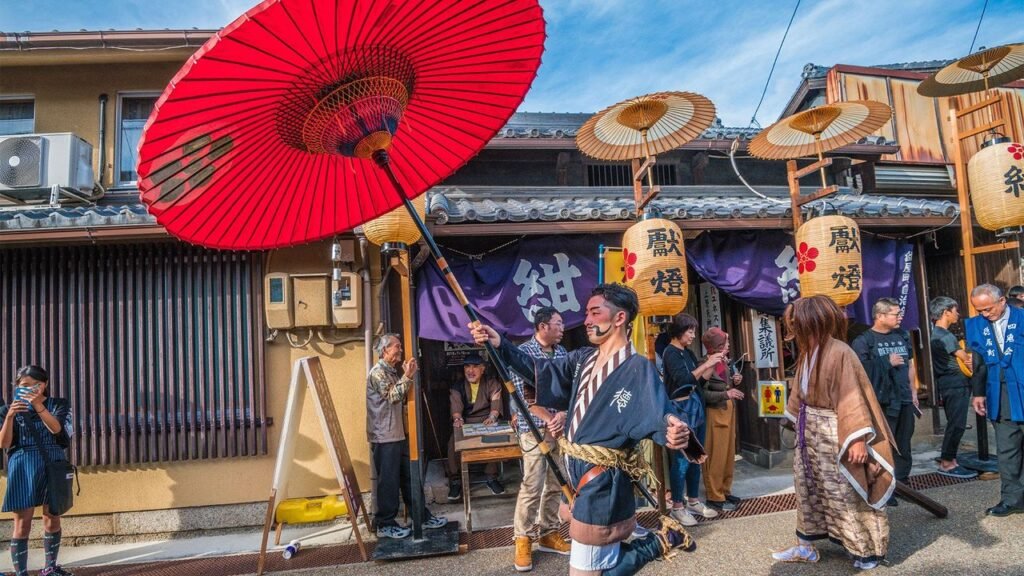
By the 12th century, umbrella use had slowly extended to the general public. Yet their spiritual symbolism remained strong, intertwining practicality with sacred tradition.
Festivals That Showcase the Sacred Umbrella
Several traditional festivals in Japan continue to reflect the umbrella’s spiritual power:
1. Yasurai Matsuri – Warding Off Illness
Held each April in Kyoto, this ancient festival features elaborately adorned umbrellas believed to absorb illness and misfortune. Participants pass beneath them in hopes of spiritual purification and protection from disease.
2. Hakata Dontaku Festival – Blessings in the Breeze
In Fukuoka, each May, large umbrella-like floats called kasaboko are paraded through the streets. Locals believe that walking beneath them brings good health and prosperity.
3. Obon in Okinoshima – Honoring Ancestors with Umbrellas
During the Obon festival on Okinoshima Island in August, residents create colorful umbrella structures to house the spirits of their departed loved ones. Every second year, these umbrellas are danced around a central stage to guide the spirits back to the afterlife.
Umbrellas in Japanese Folklore
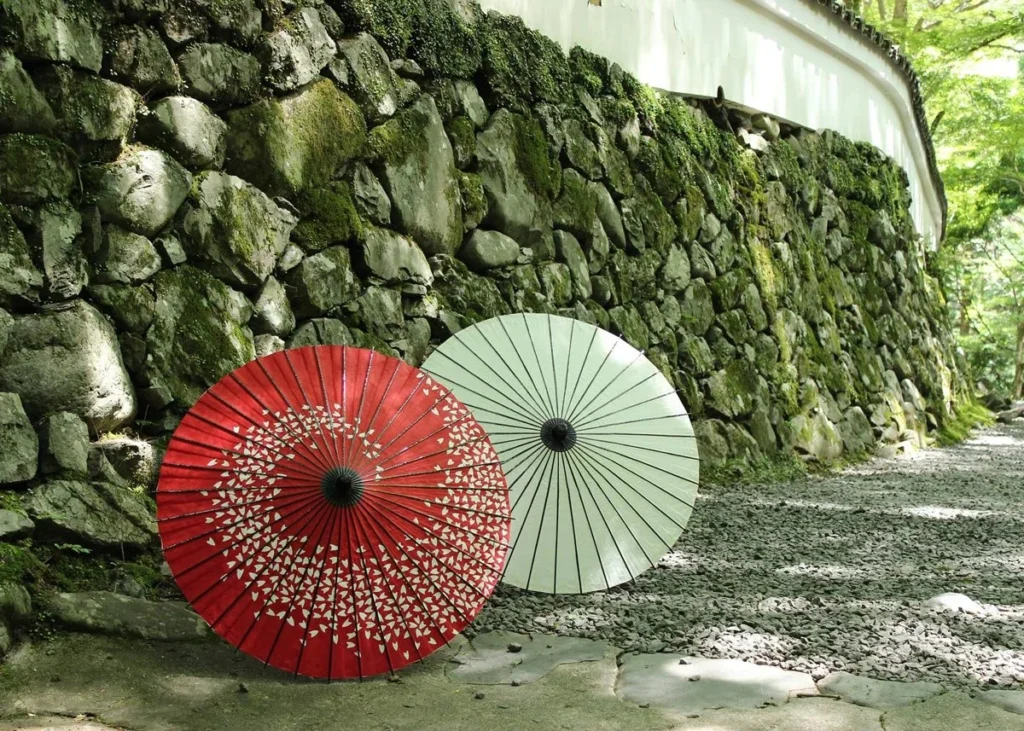
Umbrellas also play a role in Japanese folklore. One of the most iconic supernatural figures is the kasa-yokai, or umbrella ghost. This spirit often appears as a tattered old umbrella with a single eye and a long tongue. According to Japanese belief, even inanimate objects—if cherished long enough—can develop a soul. When these objects are discarded, their spirits may become mischievous or even vengeful.
A Craft Honored Through Time
Today, travelers can experience the magic of traditional Japanese umbrellas through workshops and exhibitions dedicated to preserving this ancient craft. The making of wagasa is a meticulous process involving hand-cut bamboo, washi paper, and intricate oil treatments to weatherproof the umbrella. These pieces are not only functional but also revered as artistic expressions of Japanese spirituality.
More Than Just Shade
So, why do the Japanese use umbrellas when it’s sunny? The reasons are deeply rooted in centuries-old beliefs and customs. Whether protecting oneself from UV rays or symbolically shielding the spirit, umbrellas in Japan represent a unique blend of practicality, artistry, and sacred significance. They are silent reminders that even the most ordinary objects can carry extraordinary meaning.
